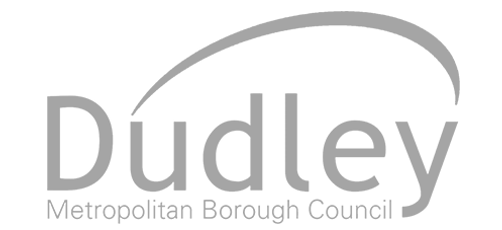
Any ‘start-up’ will need a strategy for their business, and need to answer two questions:
Who are your customers?
What do you do for them?
To answer these, you need to understand the market. This requires a balanced model in order to meet your needs profitably:
- Meet the needs, wants and desires of your customers
- Meet the needs, wants and desires of you, the owners
Prior to 2007, Apple’s Steve Jobs identified that smartphones were difficult to use and regular mobiles had limited functionality . . . enter the iPhone (easy to use and advanced functionality), a product that filled that void. He established the market and presented a solution to it.
Once establishing your market, you need to establish your offer has a balanced ratio of Quality to Cost. Think of successful car manufacturers like Bentley (High Cost/Quality) through to Dacia (Lower Cost/Quality) – different in their offer but attractive to different markets.
Understanding your market will establish who your customers are, and who are your competitors.
Understanding customers
A – Amazing (the best)
B – Bread & Butter (the majority)
C – Can’t quite make it work
D – Dreadful / Disastrous
Target A and B customers, because the revenue they produce will be in a ratio to your ‘Cost to Serve’ (i.e. your time and money needed to service your customers).
Servicing C and D will detract you away from your target customers. They will require a lot more resource servicing them in relation to the revenue they produce – in other words, a high cost to serve and lower revenue.
Did you know: 68% of A and B customers leave due to a perceived indifference, caused by spending too much time on the wrong customers (Cs and Ds).
You need to understand you customers by developing an ‘avatar’ of your perfect client.
Understanding things like their lifestyle, social and buying habits assists you in targeting your message to the customer most likely to require your products or services.
That understanding will assist you in tailoring delivery to A and
B customers, typically into distinct products/services giving clients ‘choices.’ They won’t all want the same thing, and you can deliver in the most efficient way.
You also need to understand who your competitors are, and what makes you different to them. What is your Unique Selling Point (USP) differentiating you from your competition. Do you understand what that is?
Features vs Benefits
New businesses initially talk about what they do (Features), and not what the customer gets from you working with them (Benefits).
Customers don’t care about what you do; they want to know about the benefits. ‘We’ in your messaging describes features. ‘You’ will indicate the benefits you supply.
So in your messaging, you need to lead on the benefits your customers get after you work with them.
Next time we’ll look at how to develop your reputation and brand.



















